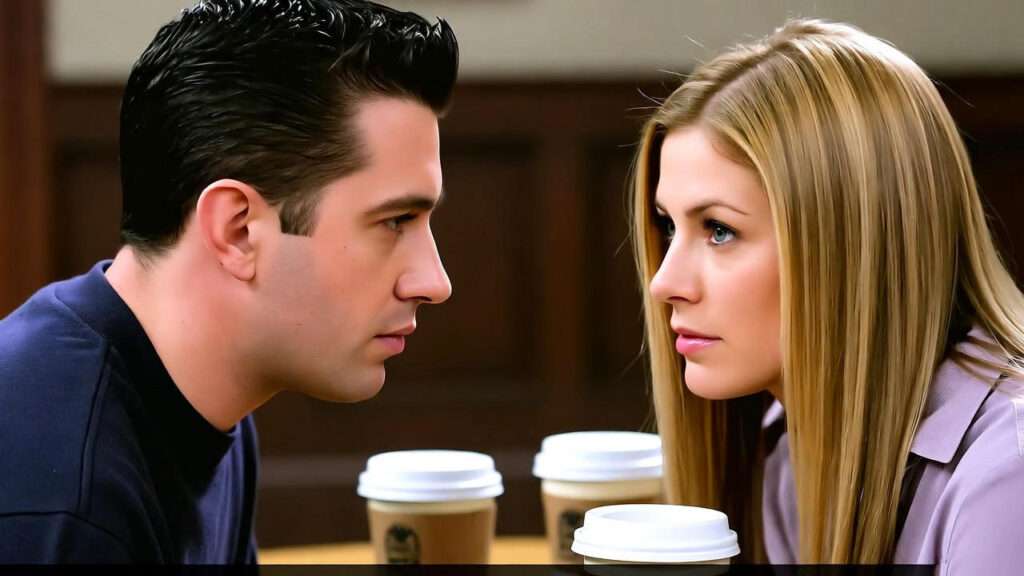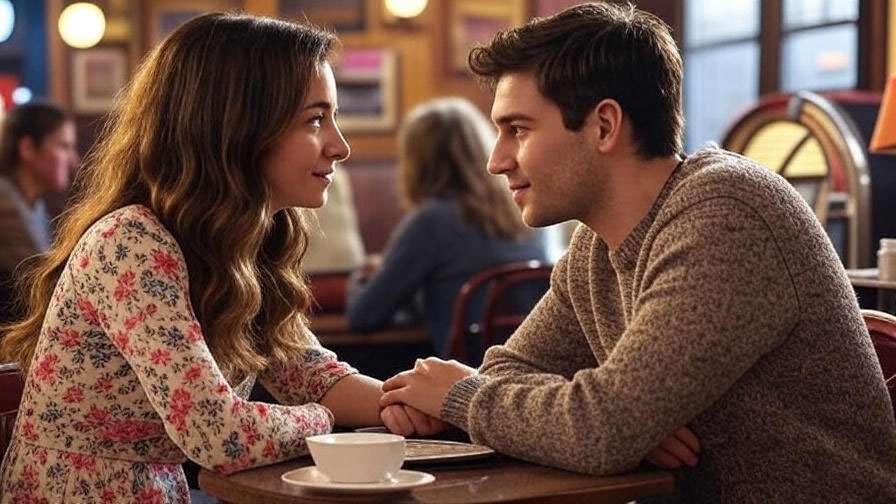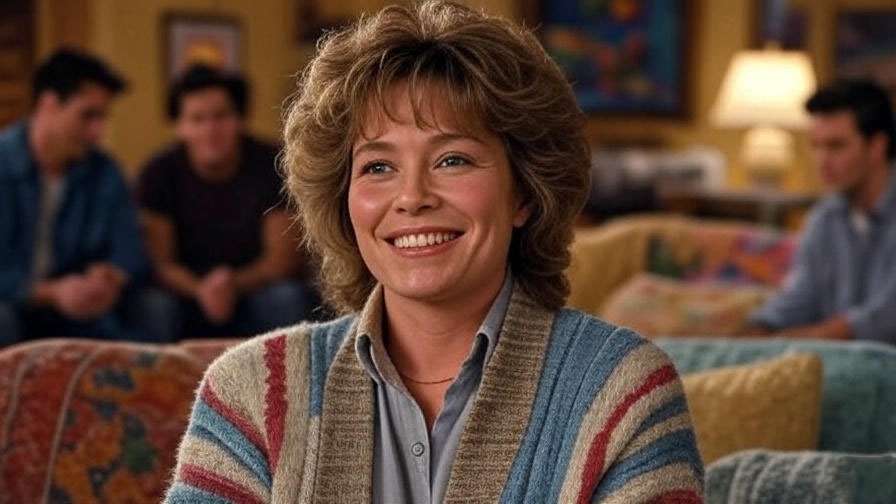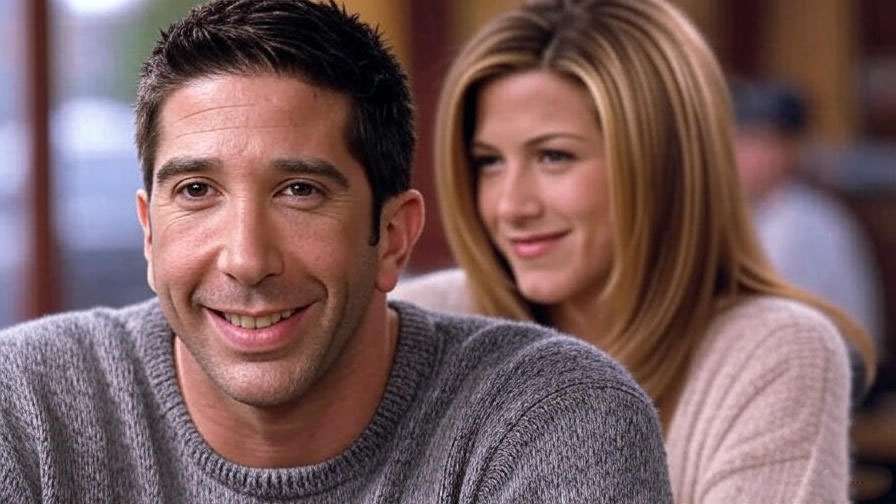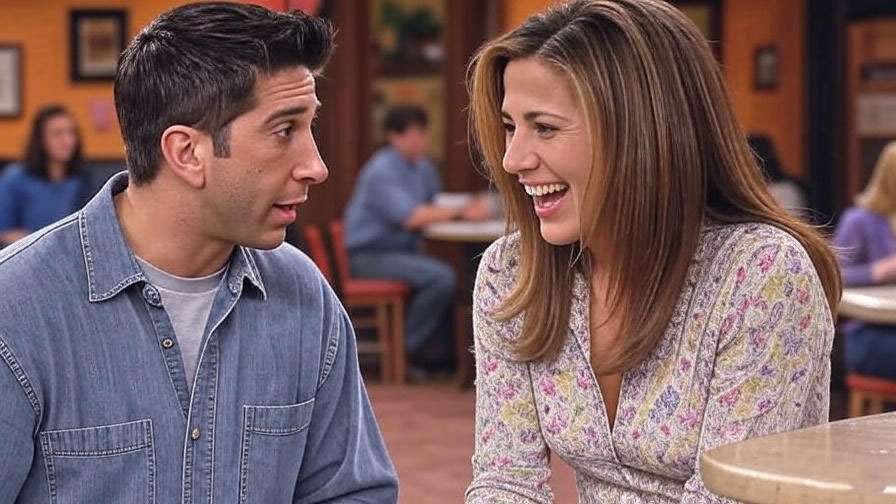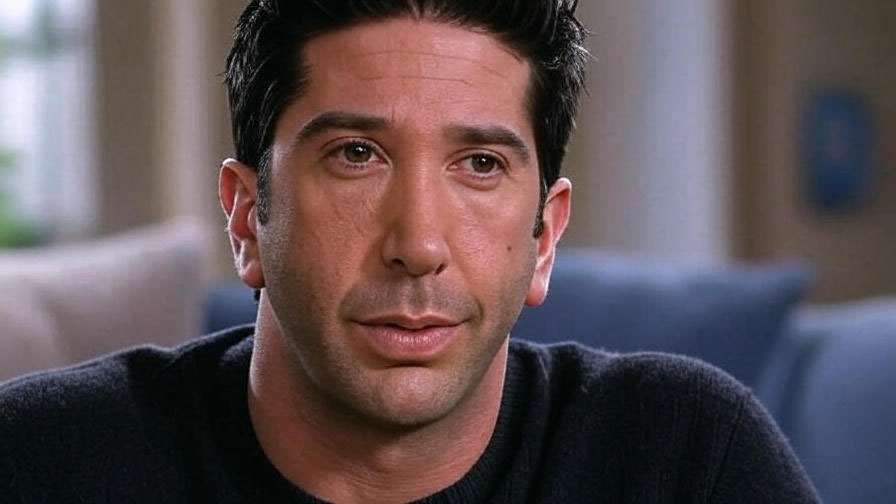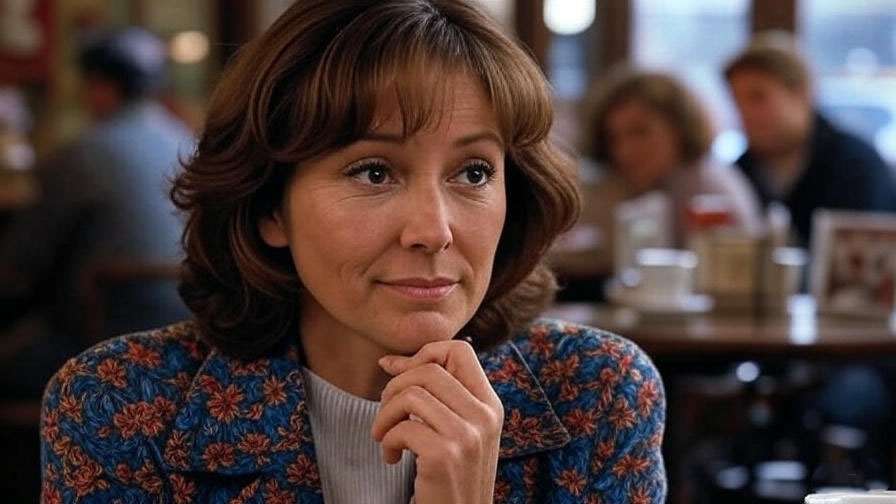The Breakup That Defined an Era
“We were on a break.”
Few lines in television history have sparked as much debate, emotion, and pop-culture resonance as this one. The Rachel Ross break up in Friends didn’t just shatter the hearts of millions of fans—it reshaped how audiences viewed love, communication, and heartbreak on TV.
From coffeehouse laughter to tear-streaked confessions, the breakup between Ross Geller and Rachel Green remains one of the most unforgettable moments in sitcom history. For longtime fans, it’s not just another plot twist—it’s a moment that redefined what it means to love and lose on screen.
This article explores how the Rachel Ross break up happened, why it still matters decades later, and what we can all learn about relationships, timing, and emotional growth from their story.
Background: How Ross and Rachel’s Love Story Built Up to the Breakup
From Friends to Lovers — The Early Spark
Long before their first kiss, Ross and Rachel’s chemistry was undeniable. Ross, the shy paleontologist with a tender heart, had loved Rachel since high school. Rachel, the popular yet lost-in-life runaway bride, found herself reinventing her world—and unexpectedly stepping into Ross’s.
Their friendship grew organically within the cozy walls of Central Perk. The audience watched as Ross’s quiet admiration turned into open affection, culminating in that magical kiss in “The One Where Ross Finds Out.” It wasn’t just a romantic moment—it was a cultural one. Fans cheered, rewound VHS tapes, and declared that true love had finally found its home in a sitcom.

The High Point — When Everything Seemed Perfect
As their relationship blossomed in Seasons 2 and 3, Ross and Rachel became the emotional heartbeat of Friends. Ross’s sweetness, Rachel’s warmth, and their playful dynamic made them television’s golden couple.
Episodes like “The One with the Prom Video” cemented their connection. When Monica played that old home video showing Ross ready to escort a heartbroken teenage Rachel to prom, the world collectively melted as Rachel kissed him, and Chandler delivered the immortal line: “See? He’s her lobster.”
For a brief moment, everything was perfect. But as often happens in both sitcoms and real life, perfection rarely lasts forever.
The Breaking Point: What Led to the Rachel Ross Break Up
Jealousy, Insecurity, and Miscommunication
Ross and Rachel’s breakup wasn’t caused by one fight—it was a slow unraveling woven with jealousy, exhaustion, and misunderstanding.
When Rachel landed her new job at Bloomingdale’s, it marked a turning point in her character arc. She was thriving—independent, ambitious, and confident. But for Ross, this new dynamic triggered insecurity. He missed her attention and struggled with feelings of inadequacy.
Mark, Rachel’s charming coworker, became a symbol of Ross’s deepest fear: that he wasn’t enough. Despite Rachel’s reassurances, Ross’s jealousy grew. He began dropping by her office, sending over-the-top gifts, and demanding more time—classic signs of insecurity clouding genuine love.
Their argument in “The One Where Ross and Rachel Take a Break” was raw and real. Rachel’s exhaustion from constant reassurance clashed with Ross’s fear of losing her. In a heartbreaking moment, she said the words that would echo across TV history:
“Maybe we should just take a break.”
That pause—heavy, ambiguous, devastating—was the beginning of the end.
The Infamous “We Were on a Break” Episode Explained
The following episode, “The One with the Morning After,” stands as one of Friends’ most emotional masterpieces. In the aftermath of their fight, Ross, feeling rejected and broken, ends up spending the night with Chloe, the girl from the copy place.
What followed was chaos—the kind of heartbreak that viewers could feel.
When Rachel found out, the tone of the show shifted dramatically. The scene where she confronts Ross, reading the letter he wrote (“eighteen pages… front and back!”), remains one of the rawest emotional moments in sitcom history.
“Don’t you think I was hurt?!” Rachel cried, as Ross tried to explain.
“But we were on a break!” he insisted.
Those five words became immortal. Not just as a catchphrase, but as a cultural lightning rod for relationship debates everywhere.
Fans argued endlessly: Was Ross justified? Was Rachel right to feel betrayed? The beauty of this storyline lay in its moral ambiguity—it mirrored real-life relationships where love, pride, and timing often collide.
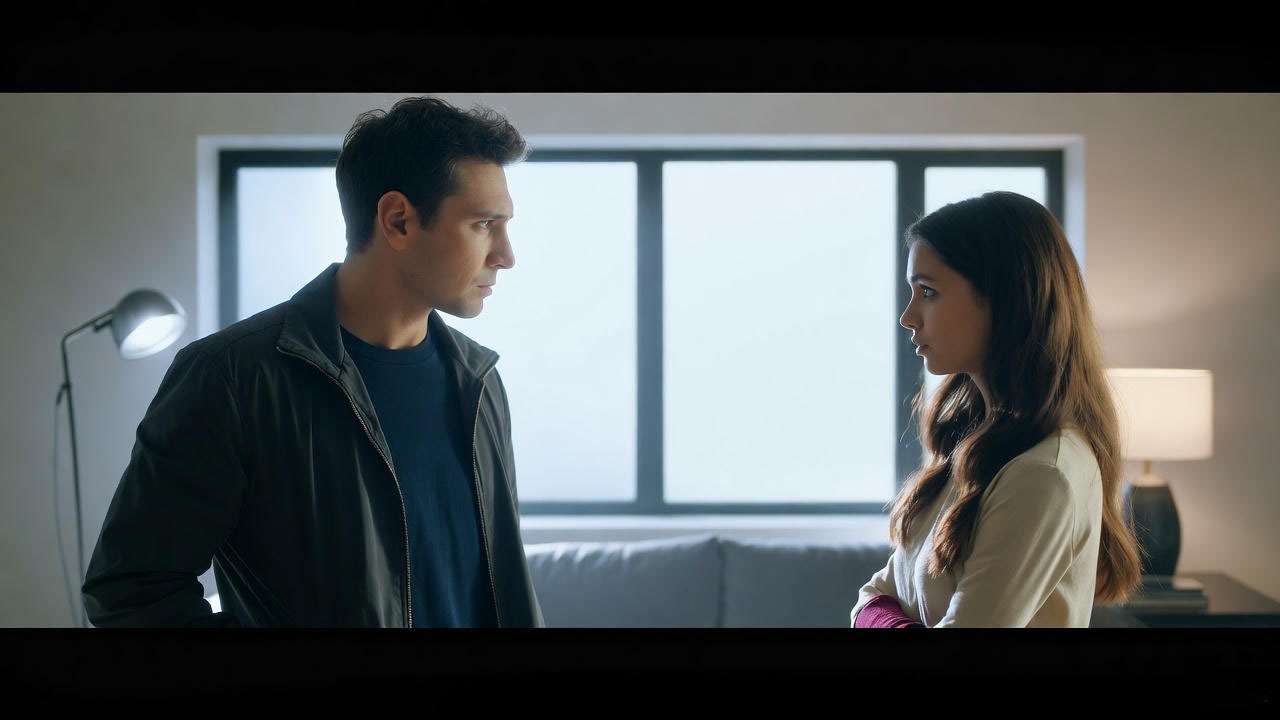
Fan Reactions and Cultural Impact
How Audiences Reacted Then vs. Now
When Friends first aired the breakup episodes in 1997, audiences were devastated. NBC hotlines were flooded with calls, fan forums erupted, and magazines ran cover stories asking, “Will Ross and Rachel Ever Get Back Together?”
Back then, most fans took sides. “Team Ross” argued that a break was a break; “Team Rachel” felt betrayal trumped semantics. Either way, the emotional investment was massive.
Today, as new generations discover Friends on streaming platforms, the debate still rages—but with added nuance. Modern audiences analyze the breakup through the lens of communication, gender expectations, and emotional accountability.
Reddit threads and TikTok comment sections are filled with fans re-examining every line of dialogue. What’s changed is the lens: many now see Rachel as a symbol of self-respect and emotional intelligence, and Ross as a cautionary tale of insecurity undermining love.
The “We Were on a Break” Meme Legacy
It’s rare for a heartbreak to become a meme—but Ross and Rachel’s breakup did just that.
“We were on a break” transcended television, evolving into one of the most quoted lines in pop culture. It appeared on T-shirts, coffee mugs, and internet memes decades later. Even people who never watched Friends recognize it instantly.
Beyond humor, the line represents something deeper—a universal human experience of regret and miscommunication. It’s become shorthand for those moments when intentions fail and timing betrays us.
The legacy of that single line proves just how powerful storytelling can be. A fictional couple’s pain became a shared emotional vocabulary for millions.
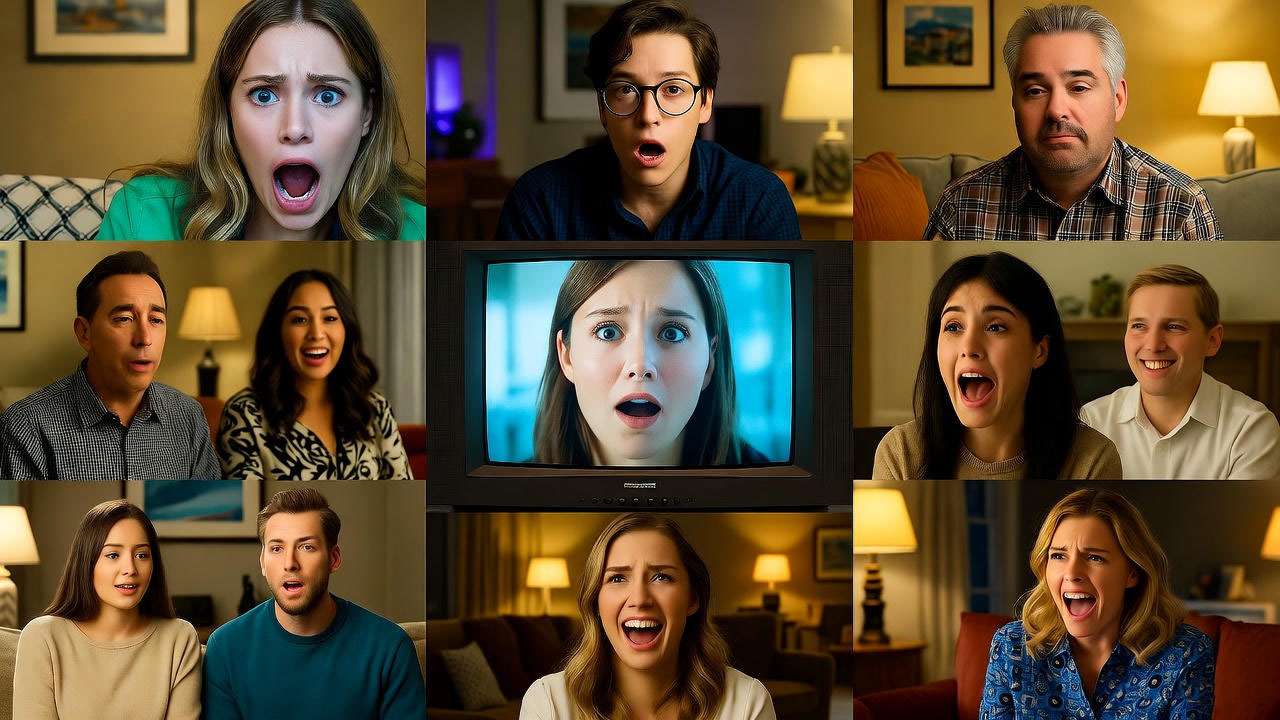
The Aftermath: How the Breakup Changed Both Characters
Ross’s Journey — From Regret to Redemption
After the breakup, Ross’s character took a complex turn. Gone was the innocent romantic; in his place stood a man struggling to reconcile guilt with pride.
He loved Rachel deeply, yet his actions fractured that love. In later seasons, we saw glimpses of remorse—his awkwardness around Rachel, his overcompensation in new relationships, and his moments of quiet reflection.
Episodes like “The One with the Jellyfish” and “The One with Ross’s Sandwich” revealed a more layered Ross—still funny, but emotionally scarred. Fans began to empathize with his humanity.
Over time, Ross evolved. His experiences with fatherhood (Ben and later Emma) and career challenges helped ground him. The once-jealous boyfriend became more self-aware, proving that even flawed characters can grow.
Rachel’s Growth — From Heartbreak to Independence
For Rachel, the breakup marked the true beginning of her transformation.
Before Ross, she relied on others—her parents, her friends, even her romantic partners—for validation. After the breakup, she started depending on herself.
She poured her energy into her career at Bloomingdale’s, then Ralph Lauren, becoming one of TV’s best examples of a woman finding empowerment through heartbreak. Her journey from the girl who left her fiancé at the altar to a confident professional resonated deeply with audiences, especially women who saw their own struggles reflected in her.
Rachel’s maturity also changed how she approached love. By the time the series reached its finale, she had grown enough to love Ross not from dependency—but from understanding.
How the Breakup Changed Friends as a Series
Shifting Storylines and Character Dynamics
The Rachel and Ross breakup didn’t just impact two characters—it altered the entire DNA of Friends.
Before their split, the series often revolved around lighthearted romantic moments and group comedy. Afterward, it evolved into a richer, more emotionally complex show.
The tension between Ross and Rachel became a constant undercurrent. Even when they tried to move on—Ross dating Julie, Bonnie, or Emily, and Rachel navigating her post-breakup independence—their chemistry remained magnetic. Every shared glance, every awkward moment in Central Perk reminded viewers that their story wasn’t over.
This emotional tension gave Friends depth beyond its humor. Episodes like “The One with the Jellyfish” and “The One with Chandler in a Box” balanced heartbreak with laughter, proving that sitcoms could explore pain without losing charm.
Moreover, their breakup forced secondary characters to evolve. Monica and Chandler’s relationship later offered a more stable, mature contrast to Ross and Rachel’s turbulence. Phoebe’s eccentric wisdom and Joey’s empathy grounded the group emotionally. The show became less about dating mishaps and more about the complexities of adult life—love, forgiveness, and friendship in all its forms.
A Turning Point in 90s Sitcom Storytelling
In the 1990s, sitcoms rarely tackled heartbreak with emotional realism. Most series preferred quick resolutions or shallow conflicts. Friends broke that mold.
The Rachel Ross breakup introduced serialized storytelling within a sitcom framework. The emotional fallout continued across multiple seasons, giving viewers time to process, empathize, and root for reconciliation. This long-form approach influenced later shows like How I Met Your Mother, The Office, and New Girl—all of which blended comedy with deep emotional arcs.
Critics praised Friends for portraying a breakup that felt “real.” There were no villains, only two people making human mistakes. That authenticity cemented the show’s reputation not just as funny, but as emotionally intelligent television.

Behind the Scenes: What the Creators and Cast Said
Writers’ Perspective on the Breakup
In interviews, Friends co-creators Marta Kauffman and David Crane revealed that the Rachel and Ross breakup was carefully planned—not as a gimmick, but as a narrative necessity.
Their reasoning was simple: happy couples don’t drive sitcom plots. Tension does. But they also wanted to explore how real relationships break down—not from lack of love, but from timing, insecurity, and immaturity.
Kauffman explained that the breakup made both characters more relatable: “Everyone has been in a situation where two people love each other deeply but can’t make it work. That’s real life.”
The writers also admitted that the phrase “We were on a break” was chosen deliberately for its ambiguity. It mirrored how people in real relationships interpret arguments differently, often clinging to semantics rather than empathy.
That nuance kept the debate alive for decades—and ensured that Ross and Rachel’s story stayed emotionally authentic, even in reruns.
Cast Reflections — David Schwimmer and Jennifer Aniston on the Emotional Toll
For David Schwimmer and Jennifer Aniston, filming the breakup episodes was emotionally draining.
Schwimmer once said in an interview, “We were exhausted after shooting those scenes. They weren’t just lines—they were emotional.”
Aniston echoed that sentiment: “Rachel’s heartbreak felt real because we all loved Ross and Rachel as much as the audience did.”
Both actors approached their roles with remarkable vulnerability. Their tears, pauses, and trembling voices weren’t overacted—they were lived. Behind the laughter track, there was truth.
Their chemistry wasn’t manufactured either. Schwimmer later revealed that he and Aniston had a “crush” on each other during the early seasons, which they channeled into their performances. That real emotional connection added authenticity to every scene—especially the painful ones.
Even years after Friends ended, Aniston admitted on The Reunion Special that she always believed Ross and Rachel would end up together. “We just knew,” she said with a smile.
Expert Insights: What the Rachel Ross Break Up Teaches Us About Relationships
Real-Life Lessons from a Fictional Breakup
Beyond the tears and laughter, the Rachel Ross break up offers profound lessons about love, trust, and timing—lessons that resonate in real relationships even today.
-
Communication is everything.
Ross and Rachel’s downfall stemmed from miscommunication. Neither truly listened; both assumed. It’s a reminder that love thrives only when partners understand each other’s needs, not just their intentions. -
Insecurity destroys connection.
Ross’s jealousy of Mark symbolized how fear can distort love. His inability to trust Rachel reflected his own self-doubt, not her actions. -
Independence strengthens relationships.
Rachel’s post-breakup growth highlights the importance of identity. She learned that loving someone doesn’t mean losing yourself. -
Timing matters.
Sometimes two people can be perfect for each other—but not at the same time. That’s the bittersweet truth of Ross and Rachel’s journey.
Experts in relationship psychology often cite the Friends breakup as a pop-culture example of “attachment insecurity.” Ross’s anxious attachment and Rachel’s growing independence created imbalance—a dynamic seen in countless real-world couples.
By showing that love alone isn’t enough, Friends offered an unexpectedly mature message: relationships demand trust, communication, and emotional growth.
Why Fans Still Relate Decades Later
Nearly 30 years after its original airing, fans still discuss, debate, and defend the Rachel Ross break up. Why? Because their story mirrors our own.
Every generation finds new meaning in it. For teens, it’s about first love and heartbreak. For adults, it’s about the tension between love and ambition. For longtime fans, it’s nostalgia wrapped in wisdom.
Moreover, the storyline transcends time because it captures the essence of being human: loving imperfectly, making mistakes, and hoping for second chances.
That’s why even decades later, we still feel a pang in our chest when Ross says, “We were on a break,” or when Rachel whispers, “I can’t do this anymore.” Their pain, though fictional, reflects our own experiences with love’s fragility.
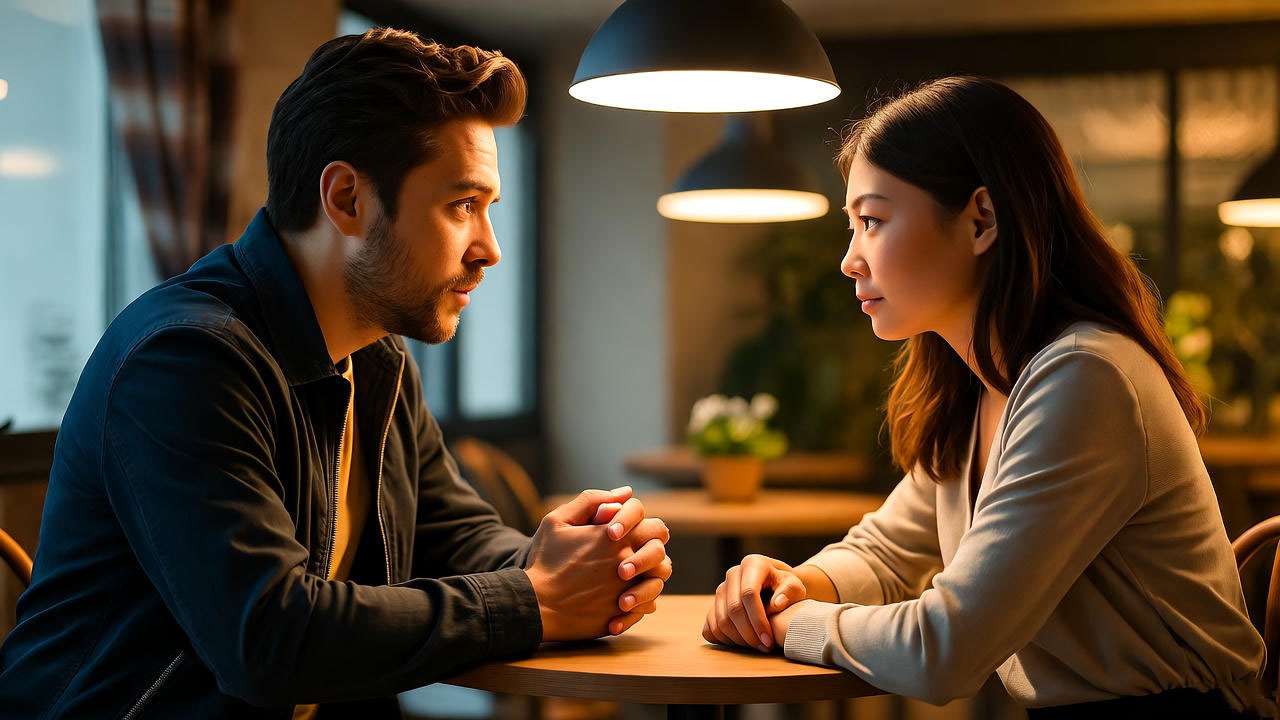
Frequently Asked Questions (FAQs)
1. Why did Rachel and Ross break up in Friends?
Their breakup stemmed from a mix of jealousy, insecurity, and lack of communication. Ross’s mistrust of Rachel’s coworker Mark and Rachel’s frustration with Ross’s neediness led to their fateful fight.
2. What episode features the Rachel Ross break up?
The key episodes are “The One Where Ross and Rachel Take a Break” (Season 3, Episode 15) and “The One with the Morning After” (Season 3, Episode 16).
3. Were Ross and Rachel really on a break?
Technically, yes—they agreed to take a break. But emotionally, the timing of Ross’s actions made it feel like betrayal. The ambiguity is what keeps fans debating to this day.
4. How did their breakup impact the rest of the show?
It added emotional depth and drove major storylines for the next several seasons, shaping the show’s evolution from pure comedy to heartfelt dramedy.
5. Did Ross and Rachel end up together in the finale?
Yes. After years of ups and downs, Rachel chooses to stay in New York with Ross in the finale—symbolizing that true love can endure, even after heartbreak.
Conclusion: Why the Rachel Ross Break Up Still Matters
The Rachel Ross break up wasn’t just a TV moment—it was an emotional experience that transcended the screen. It showed viewers that love isn’t always linear, perfect, or easy. Sometimes, love is messy. Sometimes, timing hurts. But it’s in that pain that we find growth.
Ross and Rachel taught us that heartbreak can lead to self-discovery, that communication is worth fighting for, and that even when things fall apart, love can find its way back.
Their story remains a timeless reminder of how vulnerability, forgiveness, and emotional honesty define human connection.
Even today, when we hear “We were on a break,” we don’t just laugh—we remember. We remember the heartbreak, the hope, and the feeling that somewhere, somehow, love might still get a second chance.

